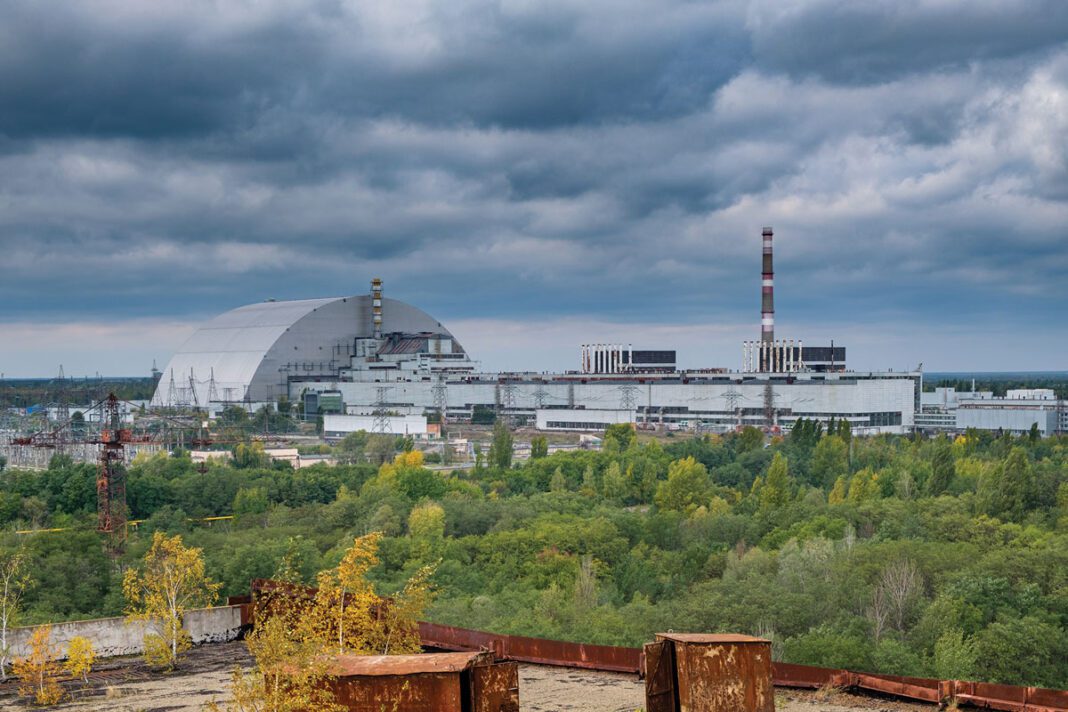The Chernobyl disaster stands as a harrowing testament to the catastrophic consequences of nuclear accidents. Its profound impact on the environment is discussed even today.
Chernobyl Disaster: A Brief Overview
The Chernobyl disaster unfolded on April 26, 1986, at the Chernobyl Nuclear Power Plant in Pripyat, Ukraine, then part of the Soviet Union. A reactor at the power plant experienced a catastrophic explosion during a safety test, releasing an unprecedented amount of radioactive materials into the atmosphere. The disaster, classified as a Level 7 event on the International Nuclear Event Scale, had far-reaching consequences for human health, the environment, and the perception of nuclear energy worldwide.
Environmental Impact of Chernobyl:
The explosion at Chernobyl released a massive amount of radioactive particles, including iodine-131, cesium-137, and strontium-90. These contaminants spread over vast areas, affecting air, water, and soil.
The immediate vicinity of Chernobyl became known as the “Exclusion Zone,” devoid of human habitation. Paradoxically, the absence of human activity led to the flourishing of wildlife, but these organisms faced the risk of genetic mutations and health issues due to radiation exposure.
The radiation released had severe implications for human health, causing an increase in cancers, birth defects, and other health disorders. The long-term consequences of Chernobyl persist to this day.
Fukushima Daiichi (2011)
The Tohoku earthquake, one of the most potent earthquakes ever recorded, struck off the coast of Japan. The tremors were felt at the Fukushima Daiichi plant, triggering an automatic shutdown of its reactors. While the shutdown functioned as intended, it marked the beginning of an unforeseen crisis.
Learning from Tragedy: Advances in Nuclear Safety
The Chernobyl disaster, one of the most significant nuclear accidents in history, has left an enduring impact on health, the environment, and global perspectives on nuclear safety.
The physical impacts of Chernobyl are staggering. The explosions at the Unit 4 reactor released a cloud of radionuclides, contaminating large areas of Europe, particularly Belarus, the Russian Federation, and Ukraine. The human toll included the tragic deaths of 50 emergency rescue workers from acute radiation syndrome and related illnesses. Additionally, approximately 4,000 children and adolescents developed thyroid cancer, with nine of them succumbing to the disease.
Beyond the human toll, hundreds of thousands of hectares of land, encompassing cropland, forests, rivers, and urban centers, were contaminated by radioactive fallout. The scale of the environmental impact is both vast and enduring, requiring ongoing monitoring and intervention.
Psychological and Social Impacts
The psychological and social impacts of Chernobyl were equally devastating. Over 100,000 people were immediately evacuated, and the total number eventually reached 350,000. While some resettlements were necessary for radiation reduction, they contributed to traumatic experiences for those involved.
Studies revealed elevated anxiety levels, double the normal rate, among exposed populations, along with increased instances of depression and stress symptoms. The affected communities, despite extensive relief efforts, began to view themselves not as survivors but as victims, grappling with economic hardship, loss of skilled workers, and the challenges of delivering social services.
The Chernobyl disaster created a shadow of misconceptions and myths regarding health risks, exacerbating the already dire situation. Ultimately, poverty, mental health problems, and lifestyle diseases posed greater threats to affected communities than radiation exposure.
Influence on the Nuclear Industry
The Chernobyl disaster had a profound impact on the nuclear industry globally. It followed the Three Mile Island incident, casting doubt on nuclear power plant operators’ ability to prevent severe accidents. Chernobyl, however, left an indelible mark on public consciousness, solidifying the belief that nuclear safety was inherently problematic.
Several countries responded by reducing or terminating further nuclear facility construction, and the expansion of nuclear capacity nearly came to a standstill. It took almost two decades of robust safety performance to rebuild the industry’s tarnished reputation.
Conclusion
The Chernobyl disaster stands as a somber reminder of the potential devastation wrought by nuclear accidents. Its environmental impact, coupled with the lessons learned from pre and post-Chernobyl incidents, has shaped global attitudes toward nuclear energy. While advancements in safety measures continue, these disasters underscore the critical importance of robust safety protocols and international cooperation to prevent and mitigate the consequences of nuclear catastrophes.





